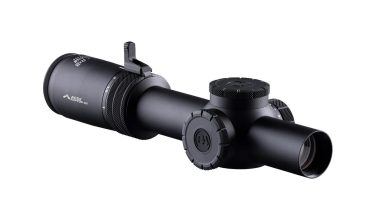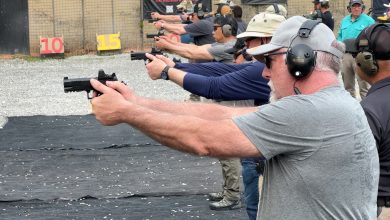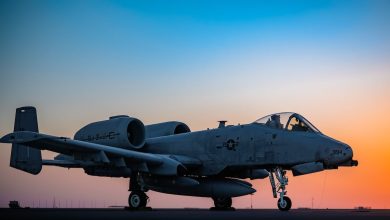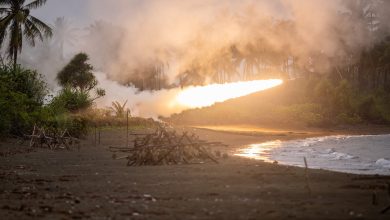Pepper Spray: Do It Right The First Time

I teach a class called “Intro to Pepper Spray” that focuses on the many layers of effective personal protection. Some of the goals in class are seeing danger at a distance and avoiding it; making good, quick first decisions; acting on those decisions with confidence; understanding how to use pepper spray through scenarios and repetition; getting to safety and calling 911.
This class is usually full of beginners who are just starting on their self-defense journey, and we welcome them. I always keep in mind that everyone comes to class with a different background. Some are there because “something happened” and some are there to “prevent something from happening.” One thing is a constant: No matter your history, practice is the key to mastery.
Common Pepper Spray Mistakes
There are three main things that I keep seeing at the beginning of the “hands-on” portion of class that can really slow down accomplishing your goal of stopping the bad actor quickly. I want to bring the student’s attention to details during their practice sessions with an inert/practice pepper spray and possibly strengthen skills. Most pepper sprays require your thumb to press the button to activate the pepper spray. As a result, I frequently see:
- Fingers covering the nozzle where the spray comes out.
- Overspraying the target.
- Missing the target because the first blast of pepper spray was too low.
There is an offset between your aiming thumb and the nozzle on your pepper spray.
Each student mentioned how these errors are amazingly easy to correct, if you know you are doing it. That is the first step: Knowing. I suggest asking someone to watch you use the inert pepper spray and pay attention to the entire process, or you could even set up your mobile phone to video yourself. Once confirmed, you can get to work correcting those problems.
First up is correcting your grip and fingers covering the nozzle. Sometimes, showing efficiency and confidence when you present your pepper spray is enough to change a bad guy’s mind. Doing it right the first time could save your life.
- Pick a pepper spray unit that has finger groves or a ledge right under the nozzle. These will give you a quicker index on your grip and where to place your index finger so it does not cover the nozzle.
- Set yourself up for success and correctly stage your pepper spray in your pocket or bag. Practice retrieving the spray with a good first grip without your finger covering the nozzle. If you find yourself presenting with the nozzle facing the wrong direction, reposition it in your pocket or bag, and try again. Once you find the placement and nozzle position that works best, practice that and always set your pepper spray up in that same position.
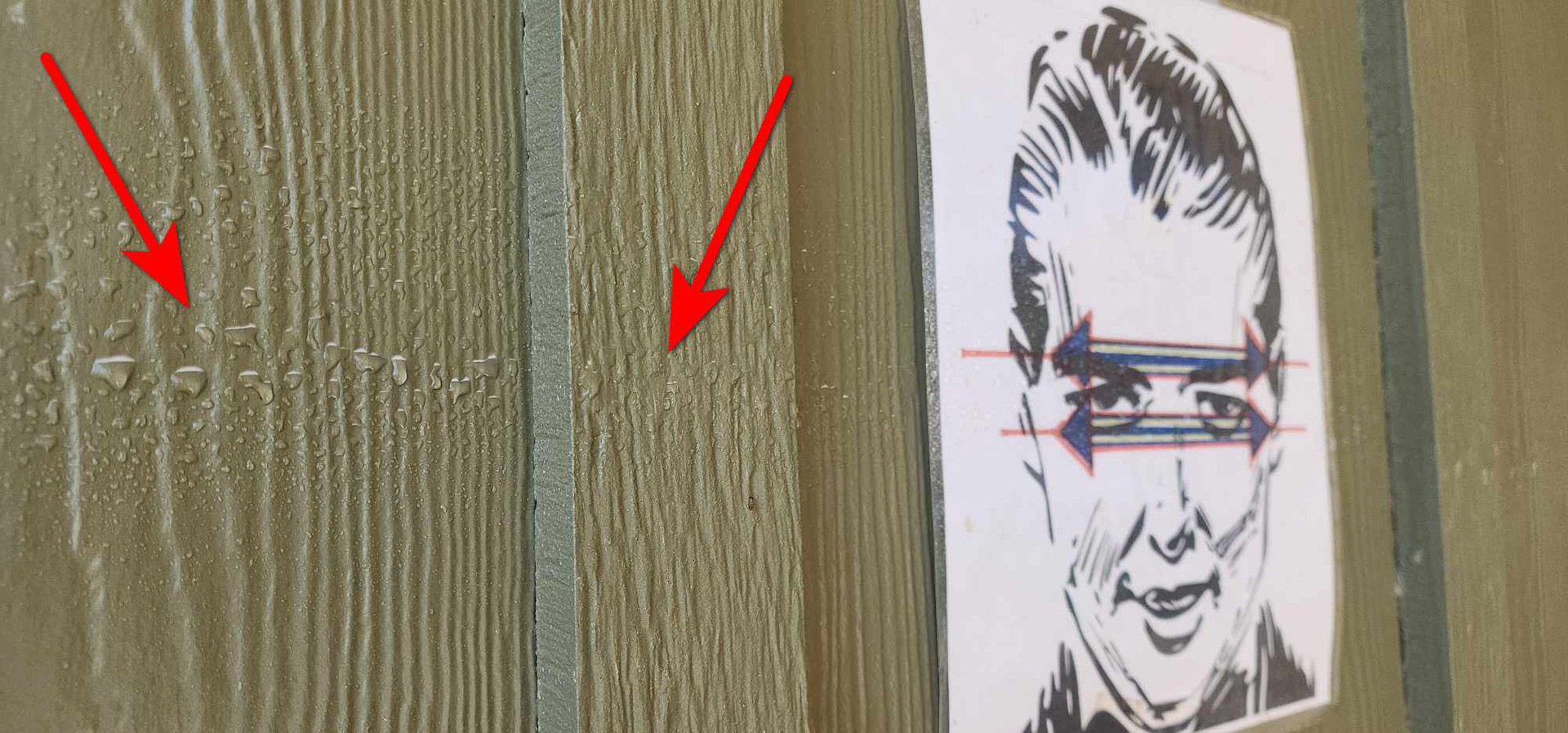
Wasting your pepper spray is a bad idea.
Our goal is to hit the bad guy’s eyes to disable him long enough for us to get to safety. Hitting others with a spicy treat or losing time with overspray is suboptimal. Doing it right the first time could save your life.
- Once you have your grip and finger position figured out, practice movement with an inert spray across your target’s eyes to see how far you are moving that arm from side to side.
- In the perfect world, you should see the water from your inert unit going across your target’s eyes and maybe hitting the ears. If you see the liquid covering several inches off the target, then you may hit an innocent person, plus you are wasting precious pepper spray and time with excess motion.
- Practice those steps with a shorter side to side motion to stay in the desired area.
Missing the target because the first blast of pepper spray was too low: Accuracy is of the utmost importance. I have noticed that most people aim off the top of their bent thumb without thinking about where the nozzle is located on the pepper spray unit. Obviously, units will differ. Doing it right the first time could save your life. This is called offset. You may have heard the term mechanical offset if you shoot firearms. Mechanical offset is the difference between where your sights/optics are mounted, or in this case, your bent thumb and the nozzle where the pepper spray comes out. In most cases, there is a difference as the sight/bent thumb is much higher than the barrel/nozzle. At close range, you should expect to see the pepper spray impact the target much lower than the bent thumb, which becomes important in close quarter encounters. Knowing your offset can be the difference between making the shot and missing the shot.
Hit ‘Em Right Between The Eyes
If you aim off the top of your bent thumb targeting the eyes, I suggest you do again and really pay attention to where the spray hits. Is your first blast below the eyes? Did you have to bring the pepper spray up in mid-stream in order to spray him in the eyes? If so, try it again but this time, aim off the top of your bent thumb targeting the eyebrows. Now spray. I bet you are now hitting across the eyes, or at least closer. Play with it a bit, take the distance from your target into consideration and see what part of the face your new target is, since you are now taking the “bent thumb to nozzle” offset into consideration. Let’s get an amazing first shot square in the bad guy’s eyes.
In addition to the three things I mentioned, there are more things to practice when using pepper sprays like distance, verbal commands, your surroundings, which pepper spray manufacturer is rated the spiciest, when is leaving an option, and more. I highly recommend getting into a professional class to work on all the layers of using pepper spray effectively.
Read the full article here




